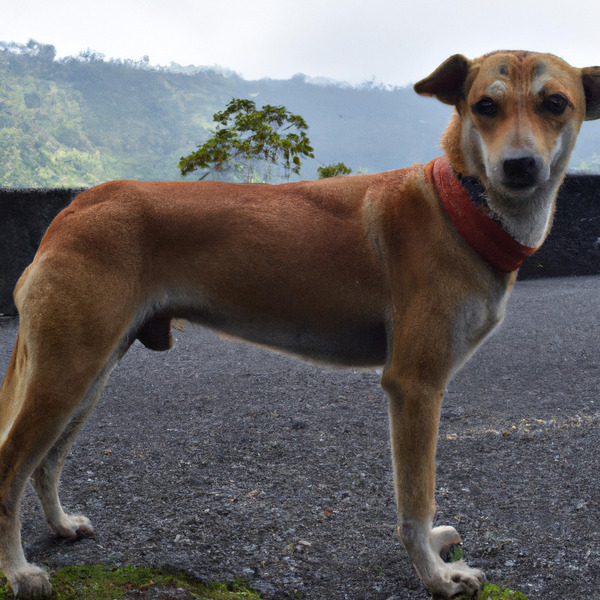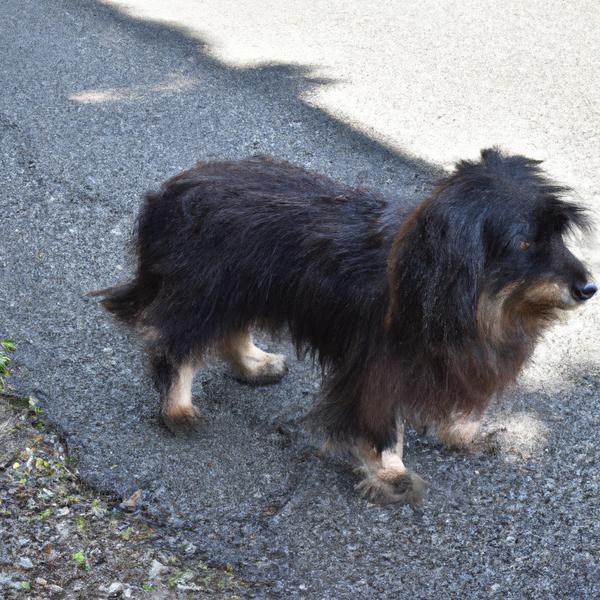Kintamani vs. Schnese: Breed Differences and Similarities
Hypoallergenic
Are Kintamanis or Schneses hypoallergenic, or neither?
Unfortunately, neither Kintamani nor Schnese are hypoallergenic, which may not make them the best choice for dog lovers who suffer from pet allergies.
Temperament
What are the personalities of Kintamani and Schnese dogs?
Intelligent
Gentle
Loyal
Alert
Playful
Energetic
Intelligent
Friendly
Outgoing
Responsive
Affectionate
Lively
Gentle
Companionable
Clever
Sturdy
Amiable
Charming
Shedding Level
Do Kintamanis shed more than Schneses, or which breed sheds more, Kintamanis or Schneses?
Kintamanis are moderate shedders, but regular brushing can reduce shedding and maintain coat health.
Schneses are low shedding dogs, requiring minimal coat care.
Watchdog Ability
Which dog breed makes a better watchdog, the Kintamani or Schnese?
Choose a Kintamani if you want a top-notch watchdog. This breed takes guarding seriously, and may not require much training, though obedience or guard dog training can improve their skills.
Schneses aren't great guard dogs; they tend to just watch without taking action.
Ancestry
What are the origins of Kintamani and Schnese breeds?
Unknown
Miniature Schnauzer, Havanese
Date of Birth
When were Kintamani and Schnese breeds first developed?
Unknown
Eye Color Possibilites
What are the eye colors of Kintamani and Schnese dogs?
Brown
Brown
Nose Color Possibilites
What are the natural nose colors of Kintamani and Schnese?
Black
Black
Coat Color Possibilites
What are the natural colors of the coat for Kintamani and Schnese breeds?
White
Pied
Black
Black
Brown
Gray
Silver
Coat Length
What is the typical coat length for Kintamani and Schnese breeds?
The coat of Kintamani and Schnese dogs falls in the medium-length category.
Coat Density
What is the density of the coat of Kintamani and Schnese?
Coat Texture
What is the hair texture of Kintamani and Schnese?
Straight
Litter Size
What is the usual litter size for Kintamani and Schnese?
A Kintamani can have a litter of 13-15 puppies on average. However, it's worth noting that the size of the litters can vary greatly. Factors that can influence litter size include the health of the mother, breeding history, and genetics.
A Schnese can have a litter of 1-9 puppies on average. However, it's worth noting that the size of the litters can vary greatly. Factors that can influence litter size include the health of the mother, breeding history, and genetics.
Adaptability
Kintamanis have average adaptability to changes in lifestyle and living environments compared to other breeds.
Schneses are highly adaptable and versatile, making them excellent companions for families and individuals of all lifestyles.
Health Issues
Between Kintamani and Schnese, which breed is more prone to health problems?
Kintamanis typically have low vet costs due to their good health, but it's important to monitor their health and seek vet care when necessary.
While the Schnese breed is generally healthy, occasional vet check-ups are still necessary to address any health concerns.
Major Concerns
What are the major health concerns for Kintamani and Schnese breeds?
Usually A Very Healthy Breed
Urolithiasis
Von Willebrand's Disease
Portosystemic Shunt
Sick Sinus Syndrome
Myotonia Congenita
Minor Concerns
What minor health issues should be kept in mind when owning Kintamani and Schnese?
Skin Problems
Patellar Luxation
Deafness
Megaesophagus
Heart Conditions
Legg-Calve Perthes Disease
Liver Problems
Joint Dysplasia
Occasional Tests
What occasional tests are recommended for Kintamani and Schnese breeds?
Physical Examination
Skin Cytology Sample
Complete Blood Count
Brain Auditory Evoked Response (BAER)
Internal Imaging (x-ray, CT scan, MRI, etc.)
Blood And Urine Analysis
Ear Tests and Myringotomy Tests
Yearly Physical Examination
Eye Examinations (both internal as well as external)
X-rays of various parts of the skeletal system
Dental and Oral Examinations
Echocardiography (ultrasound)
Energy
How do the energy levels of Kintamanis and Schneses compare?
Kintamanis are suitable for those with a balanced lifestyle as they have an average energy level.
Schneses' high energy levels make them unsuitable for a low-key dog, choose accordingly.
Social Needs
Kintamani vs Schnese social needs comparison
Kintamani has above average social needs and thrives with interaction with humans and other dogs.
Schnese has very high social needs and requires regular mental and physical stimulation, a job or purpose, and companionship.
Exercise Needed
Kintamani vs Schnese exercise need comparison.
Kintamanis need high physical activity and are ideal for active individuals, but not suitable for sedentary lifestyles or small apartments.
Schneses need moderate physical activity and are great for families and active individuals.
Sleeping Need
Which of the two sleeps the most/least: Kintamani or Schnese?
Kintamani and Schnese breeds are known to have moderate energy levels and normal sleep patterns, typically sleeping around 12-14 hours per day.
Tendency to Bark
Do Kintamanis or Schneses bark more/less frequently?
The Kintamani is a vocal breed that frequently barks and howls, and may not be suitable for those seeking a quiet companion.
Schnese dogs are generally less vocal than other breeds and only bark when necessary, such as to alert their owner or communicate.
Mouthiness
Mouthiness Comparison: Kintamani vs Schnese?
Roaming urge
Kintamani vs Labrador: Running away tendency?
Prey Drive
Kintamani or Schnese - which breed has a higher level of prey drive?
Past times
What are some enjoyable activities and ways to keep Kintamani and Schnese entertained?
Playing, Running, Jumping, Walk, Swim, Walking, Trekking
Walk, Walks, Toys, Sticks
Activity Level
Which breed has higher energy, Kintamanis or Schneses?
Both Kintamani and Schnese are medium-energy dogs that enjoy socializing and playing with other dogs. They may engage in casual or sustained games of chase, and occasionally have bursts of barking or racing around the house.
Tolerance of being left alone
Walks per Week
How many miles should Kintamani or Schnese walk each week?
There's really no limit to how far you walk your dog as long as they're comfortable. For Kintamani, it's at least 10 miles / week. Just remember to build distance and stamina gradually over time.
There's really no limit to how far you walk your dog as long as they're comfortable. For Schnese, it's at least 7 miles / week. Just remember to build distance and stamina gradually over time.
Activity per Day
Do Kintamanis or Schneses require more exercise?
Both Kintamani and Schnese typically require a minimum of 60 minutes of exercise each day. The exercise can be spread throughout the day and may involve high-energy activities like walking, running, and playing.
Grooming
Which breed is easier to maintain in terms of grooming, Kintamanis or Schneses?
The Kintamani requires an average amount of grooming compared to other breeds.
The Schnese has low grooming needs and is easy to maintain.
Brushing Frequency
What is the recommended brushing frequency for Kintamani and Schnese dogs?
Kintamani should be brushed at least once a week. Of course you can give them more frequent brushes if you find that they are still shedding a lot
Ideally, Schnese should be brushed at least 2 or 3 times a week (preferably daily) improve shedding.
Brushing Tools
What brushing tools are used for Kintamanis and Schneses?
Pin Brush
Comb
Deshedder
Nail Clipper
Pin Brush
Dematter
Deshedder
Nail Clipper
Cups
How much food should be given to Kintamani or Schnese in cups?
For an average 33-37 pound (15 - 17 kg) Kintamani feed 1.8 cups daily. But, keep in mind, the amount you feed is going to be dependent on the quality of the food you are feeding.
For an average 7-15 pound (3 - 7 kg) Schnese feed 1 cups daily. But, keep in mind, the amount you feed is going to be dependent on the quality of the food you are feeding.
Daily Cost
Which breed has a higher daily cost, Kintamani or Schnese?
The average cost of a Kintamani is somewhere $1.70 - $2.00 per day.
The average cost of a Schnese is somewhere $1.10 - $1.40 per day.
Monthly Cost
Which breed has a higher monthly cost, Kintamani or Schnese?
The average per month expenses of a Kintamani is between $48 - $63. This makes an average of $576 - $756 per year. It will be on the higher side when the dog is still small because it will need more frequent visits to the vet, shots.
The average per month expenses of a Schnese is between $35 - $42. This makes an average of $420 - $504 per year. It will be on the higher side when the dog is still small because it will need more frequent visits to the vet, shots.
Intelligence
Comparing Intelligence: Kintamanis vs Schneses
The Kintamani and Schnese breeds are considered very intelligent and easy to train.
Sensitivity Level
How do Kintamani and Schnese compare in sensitivity?
Kintamanis have average emotions and adapt well to different situations.
This breed is sensitive to its environment and best suited for patient and understanding families with a consistent routine.
Affection Dependance
Which is the more affectionate dog breed: Kintamani vs Schnese?
Apartment Friendly
Which breed is more apartment-friendly: Kintamani or Schnese?
Kintamanis are good apartment dogs as long as they get enough exercise and stimulation outside of the apartment.
Schneses make excellent apartment dogs, being fairly active indoors and not requiring a yard.
Child Friendly
Do Kintamanis or Schneses have a friendlier temperament towards children?
Kintamanis have an average level of friendliness towards children.
Schneses make excellent family pets for kids due to their gentle, protective nature and calm temperament.
Senior-friendly
Which dog is more suitable as a pet for the elderly - Kintamani or Schnese?
Cat Friendly
Do Kintamani or Schnese breeds have a better compatibility with cats?
Kintamanis and Schneses are one of the best dogs for cats. They accept cats readily as part of the family. However, this dog breed should be trained to not chase after the kitty early on
Dog Friendly
Which breed is more sociable with other dogs: Kintamani or Schnese?
Kintamanis are average in their friendliness towards other dogs, and socialization can help.
Schneses are friendly and active companions, and can be good family pets, though their friendliness towards other dogs may vary.
Pet friendly
How do Kintamani or Schnese dogs interact with other pets?
Stranger Friendly
Which breed is more friendly with strangers: Kintamani or Schnese?
Kintamanis are quick to announce strangers and can be standoffish or suspicious.
Schneses are averagely friendly around strangers but benefit from early socialisation.
Playfulness
Which breed is more playful between Kintamani and Schnese?
Kintamanis are a playful breed that needs daily playtime to be happy.
Schneses are very playful, so adopting an older one might be a better option for a more relaxed experience.
Trainability
How do the trainability levels of Kintamanis and Schneses compare?
Kintamani and Schnese dogs are known for their ease of training and ability to learn quickly, making them a popular choice for pet owners and trainers alike.
Compare Kintamani with other breeds

Soft-Coated Wheaten Terrier
Kintamani vs Soft-Coated Wheaten Terrier
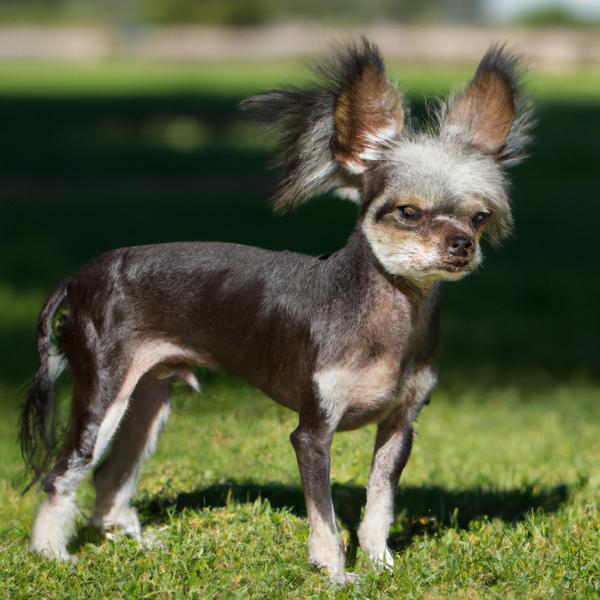
Chin Crested
Kintamani vs Chin Crested

Berger Picard
Kintamani vs Berger Picard
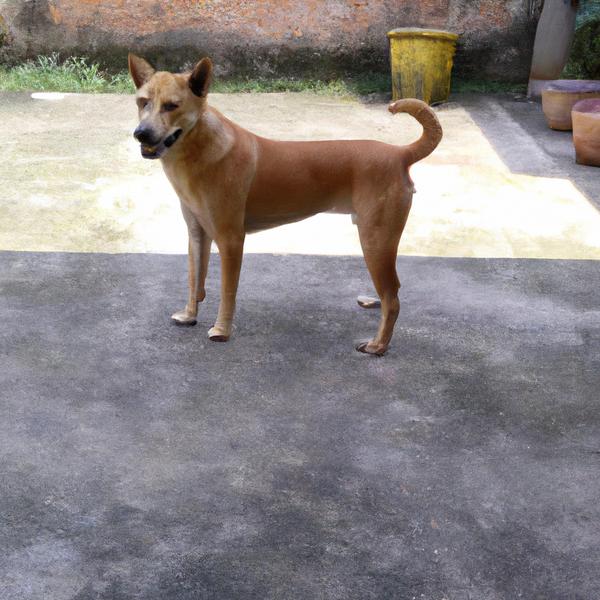
Jaland
Kintamani vs Jaland
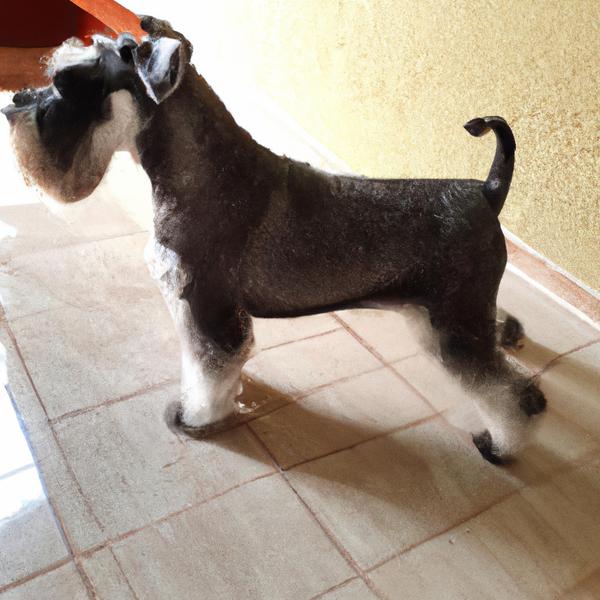
Bulldog Schnauzer
Kintamani vs Bulldog Schnauzer

Bich-poo
Kintamani vs Bich-poo
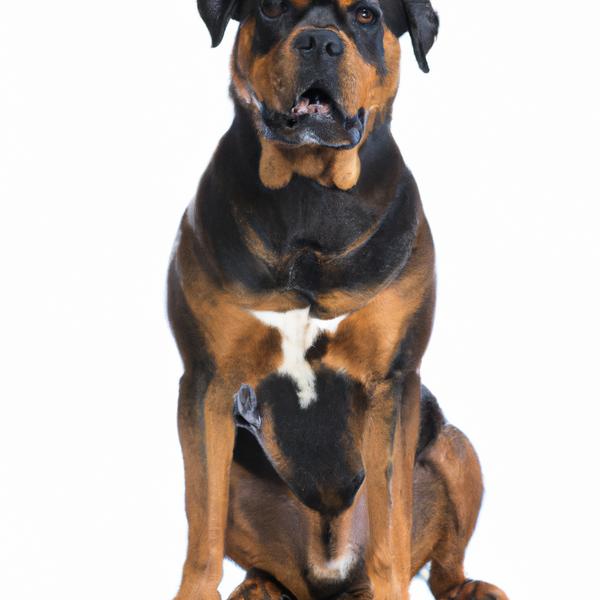
Boxweiler
Kintamani vs Boxweiler
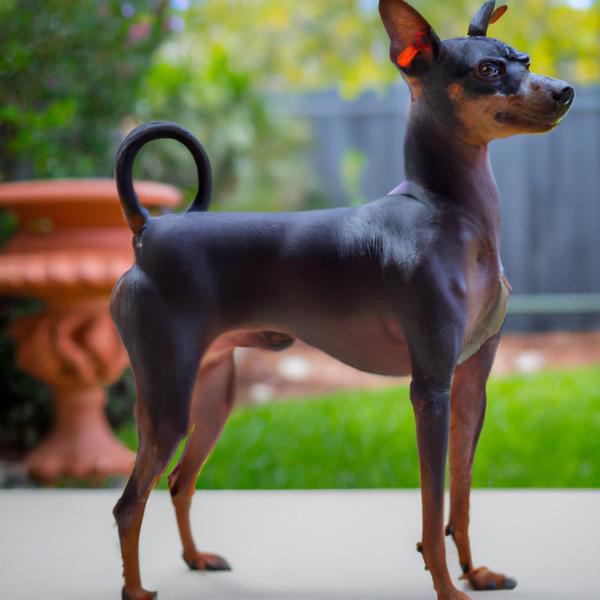
Italian Grey Min Pin
Kintamani vs Italian Grey Min Pin
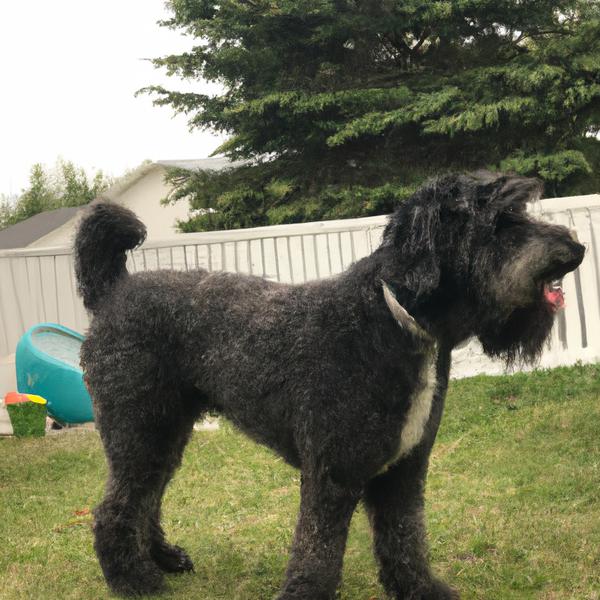
Giant Schnoodle
Kintamani vs Giant Schnoodle
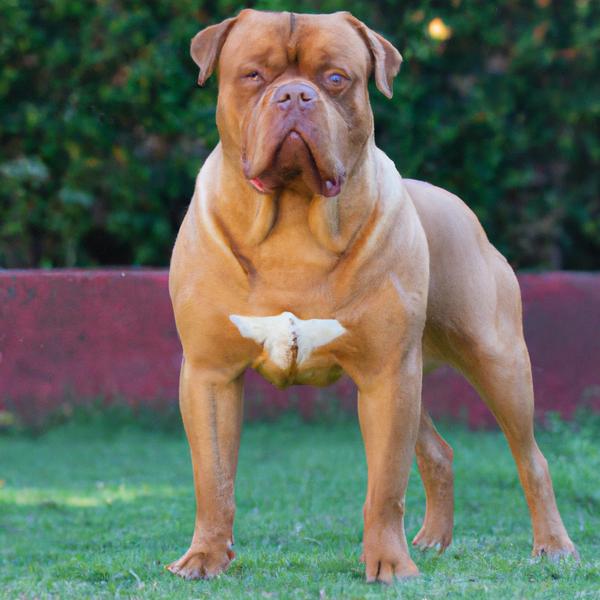
Bully Bordeaux
Kintamani vs Bully Bordeaux

Crestoxie
Kintamani vs Crestoxie
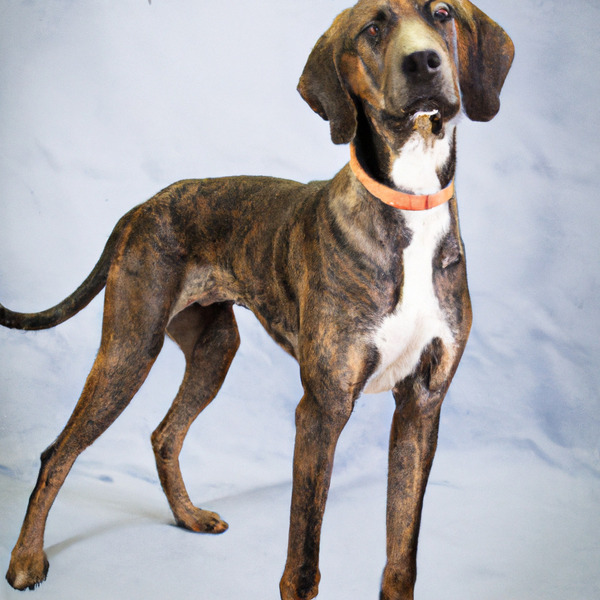
Plott Hound
Kintamani vs Plott Hound
